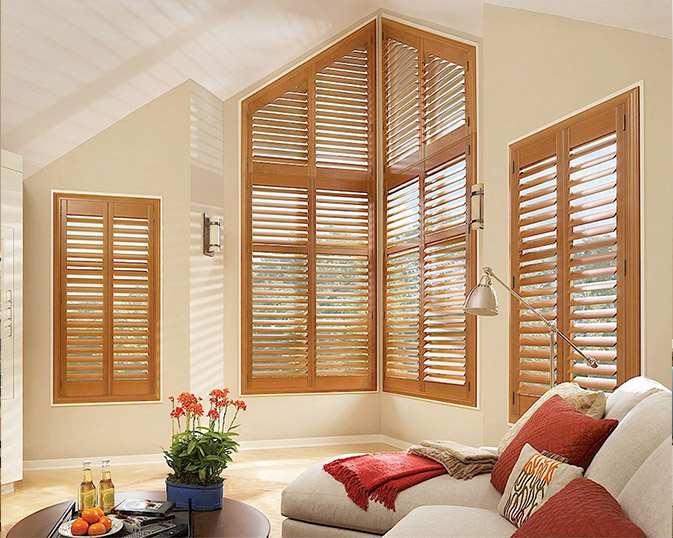Breathable windows, with their origins dating back to European royal palaces where they served as an innovative solution before the advent of glass windows, were installed at the lower part of window frames. These wooden structures ingeniously allowed fresh air and sunlight into the interiors while folding away elegantly when not in use, seamlessly blending with the regal decor.

When it comes to selecting breathable windows, these versatile fixtures are more than just a window dressing; they are built on a sturdier and more stable louver structure compared to traditional blinds. They excel in controlling light, enhancing room privacy, and protecting against harsh weather conditions – attributes that make them a popular choice in modern homes, particularly in Europe and America.
Breathable windows come in diverse shapes and materials:
- Material Options: Solid wood, plastic, bamboo, and aluminum alloy versions.
The construction of a breathable window varies according to its design and purpose, typically featuring components such as outer frames, louvers, side frames, upper and lower rails, partitions, pull rods, T-columns, hinges, and other hardware parts. For sliding designs, there are additional features like tracks and associated fittings.
1. **Quality of Movement**: Assess whether the joints between the profiles and accessories are snug and if the window operates smoothly without producing noise or resistance. Inferior quality products may result in noisy and jerky movements.
2. **Secure Fastenings**: Verify that solid pressure steel rivets are used instead of standard ones to ensure durability and stability over time. Some manufacturers might opt for cheaper alternatives which can lead to loosening or detachment.
3. **Glass Safety Standards**: Given the lack of a central frame in some designs, it is essential to confirm that the glass has undergone rigorous national safety certifications. Beware of manufacturers using regular tempered or semi-tempered glass as a cost-saving measure, potentially compromising safety.
4. **Manufacturer Expertise and After-sales Service**: Scrutinize the manufacturer’s technical proficiency, especially since designing, manufacturing, and installing breathable windows require high levels of skill. A manufacturer's ability to handle complex installations, such as uneven balconies, speaks volumes about their expertise. Additionally, a robust after-sales service is fundamental to guaranteeing the long-term quality and performance of your investment in a frameless阳台 window system.

